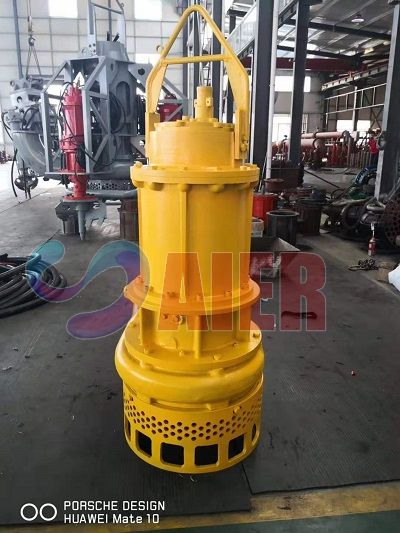Jul . 24, 2024 01:33 Back to list
High-Quality Rubber Liners for Slurry Pumps in China Ensuring Durability and Performance
Understanding China’s Slurry Pump Parts The Role of Rubber Liners
In the mining and mineral processing industries, effective handling and transportation of slurries—mixtures of liquid and solids—are crucial for operational efficiency. Slurry pumps serve as essential equipment in these applications, and the components that comprise them play a significant role in their performance. Among these components, rubber liners have garnered particular attention due to their unique properties and advantages.
Importance of Slurry Pumps
Slurry pumps are designed to transport abrasive, viscous, and corrosive mixtures. These pumps face substantial challenges, including wear and tear due to the solid particles in slurries, which can significantly reduce their operational life if not properly managed. Thus, high-quality materials and engineering are pivotal in designing these pumps to ensure reliability and efficiency in tough working conditions.
Rubber Liners An Overview
Rubber liners are integral parts of slurry pumps. They are used to line the inside of the pump casing and impeller, providing a protective barrier that helps to minimize wear and extend the life of the pump. The use of rubber as a lining material is primarily due to its remarkable elasticity, resilience, and resistance to abrasion and corrosion.
Advantages of Rubber Liners
1. Wear Resistance One of the primary benefits of rubber liners is their ability to withstand wear from solid particles in slurries. The flexible nature of rubber enables it to absorb the impact of particles, reducing the rate of erosion compared to other materials, such as metal.
china slurry pump parts rubber liner

2. Corrosion Resistance Rubber can also resist certain chemicals that might be present in slurries. This property is particularly important in applications where slurries may include corrosive agents, thereby protecting the integrity of the pump and reducing maintenance costs.
3. Noise Reduction Rubber liners help to dampen noise and vibrations produced during pumping operations, creating a quieter work environment. This reduction in noise levels can lead to improved comfort for workers and a more pleasant operational ambiance.
4. Ease of Replacement The installation and replacement of rubber liners are generally more straightforward compared to other materials. This ease of handling helps to minimize downtime associated with maintenance, allowing for quicker turnarounds and enhanced productivity.
The Manufacturing Landscape in China
China is recognized as a global leader in the manufacturing of slurry pumps and their parts, including rubber liners. The country boasts advanced manufacturing techniques, a wide variety of materials, and an expansive supply chain that enables it to produce high-quality components at competitive prices.
Chinese manufacturers focus on innovation and quality control, ensuring that their rubber liners meet international standards. They often employ various grades of rubber, such as natural and synthetic versions, which are tailored to specific applications and operating conditions.
Conclusion
Rubber liners are a critical component of slurry pumps, particularly in demanding industries such as mining and mineral processing. Their ability to resist wear, corrosion, and noise makes them a preferred choice for many operators. As the industry continues to evolve, the innovation in materials and manufacturing processes, particularly in China, will play a significant role in enhancing the performance and longevity of slurry pumps. By investing in high-quality rubber liners, companies can ensure efficient and reliable operation, effectively managing the challenges posed by abrasive and corrosive slurries.
-
Top China Submersible Slurry Pump Supplier Durable & Efficient Solutions
NewsMay.17,2025
-
Submersible Pump Spares Manufacturer High-Quality & Durable Components
NewsMay.17,2025
-
Vertical Centrifugal Sump Pump Supplier China Factory Solutions
NewsMay.16,2025
-
Vertical Spindle Slurry Pump Suppliers High-Quality China Manufacturers
NewsMay.16,2025
-
High-Quality Casting Submersible Pump Parts Manufacturer Durable Solutions
NewsMay.16,2025
-
Vertical Sump & Mud Screw Slurry Pump Company Durable Solutions
NewsMay.15,2025
